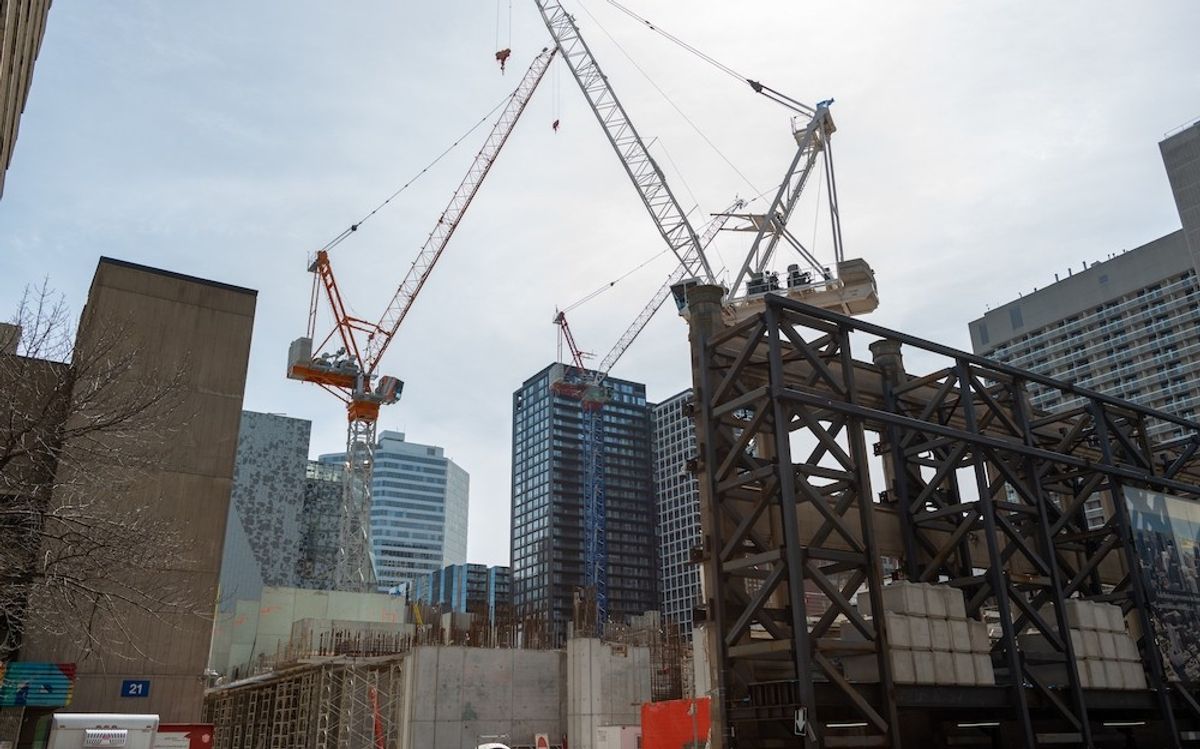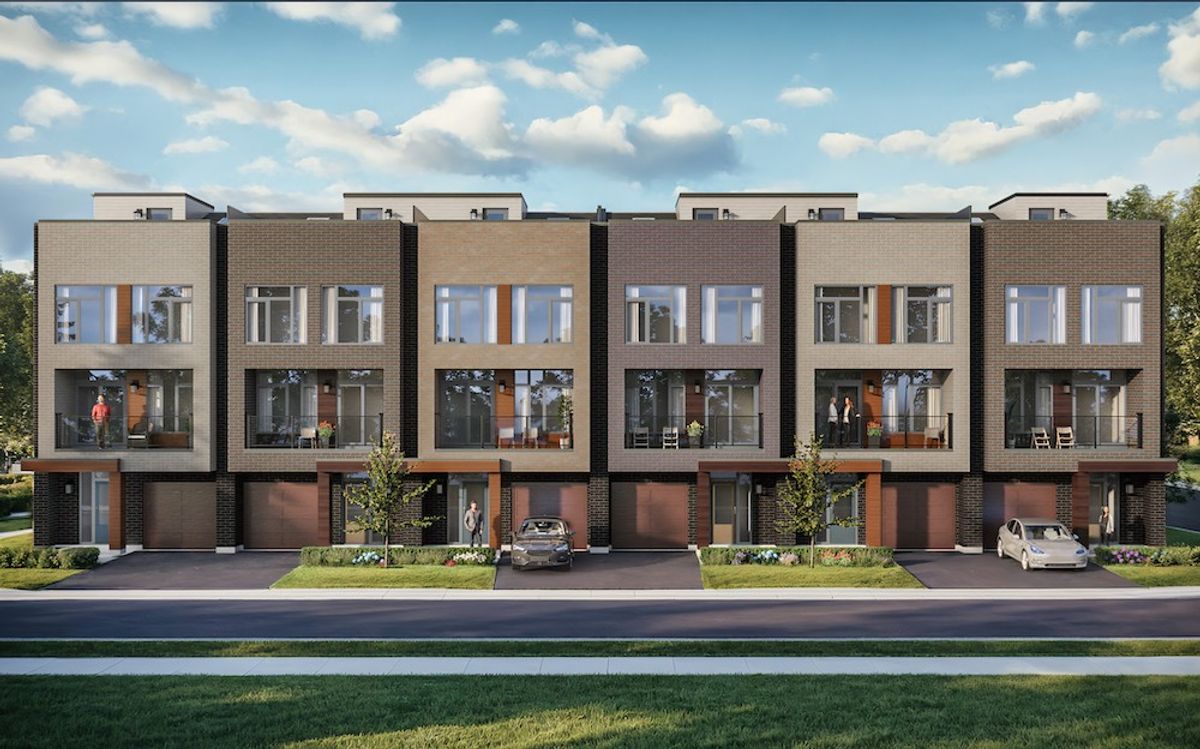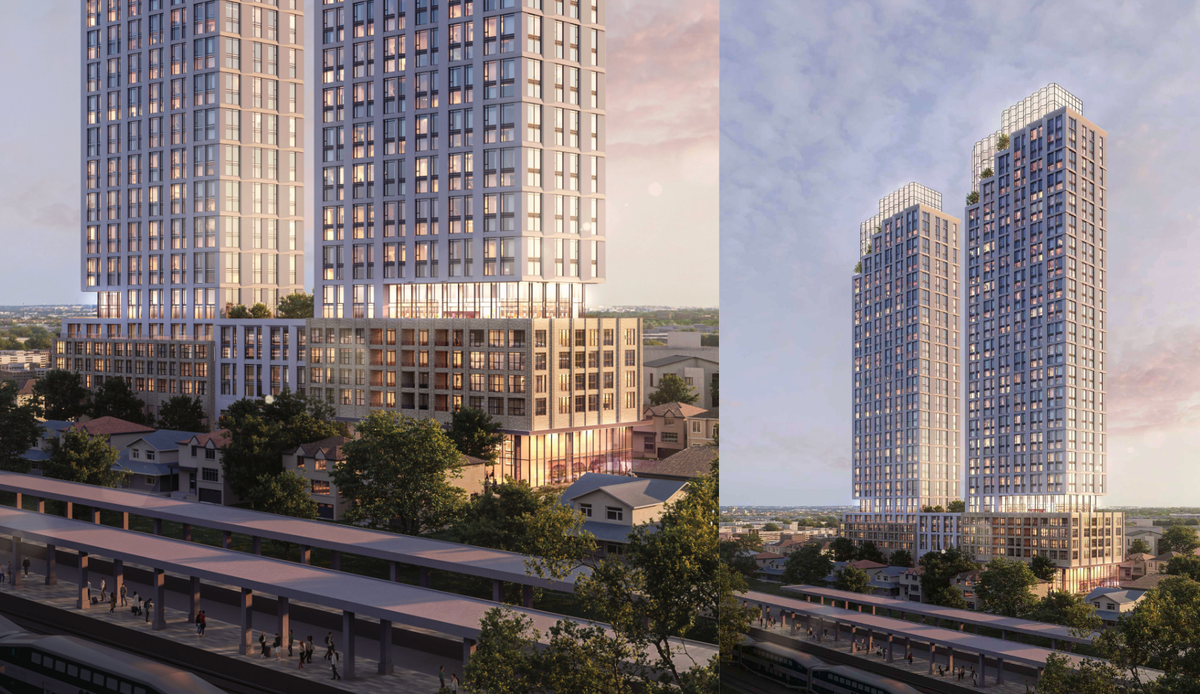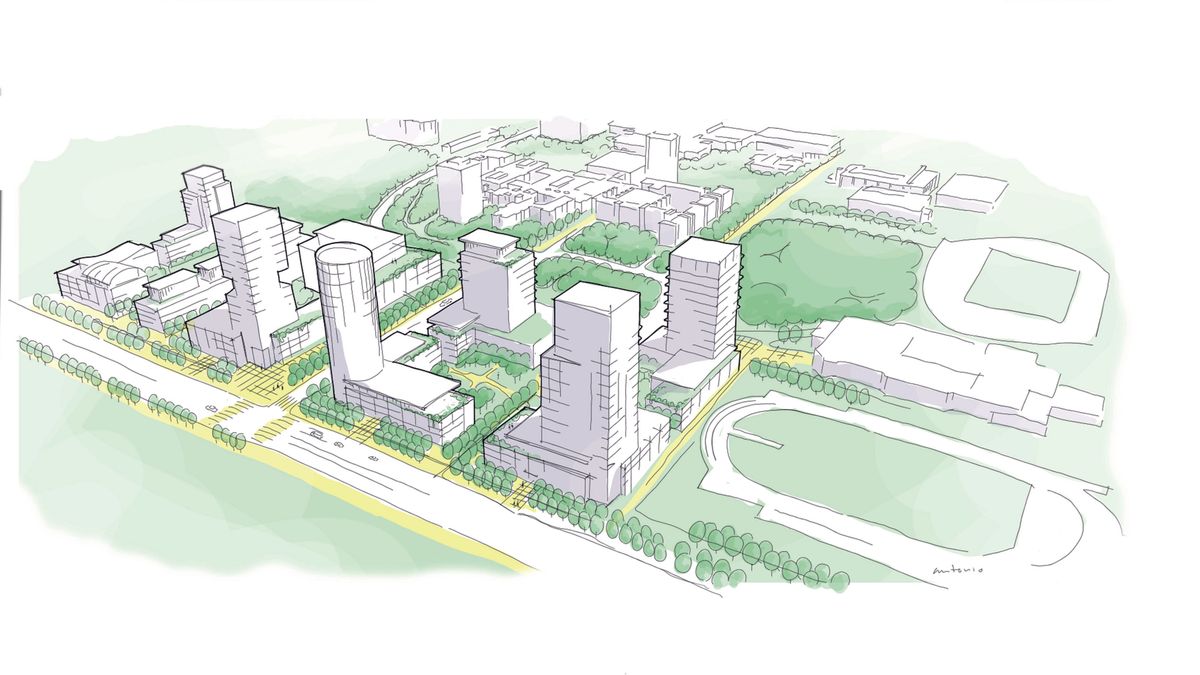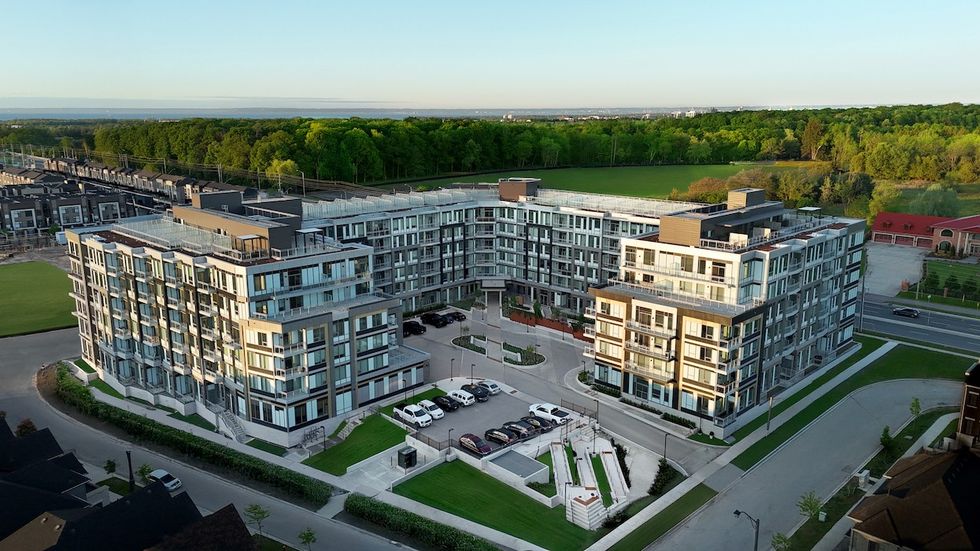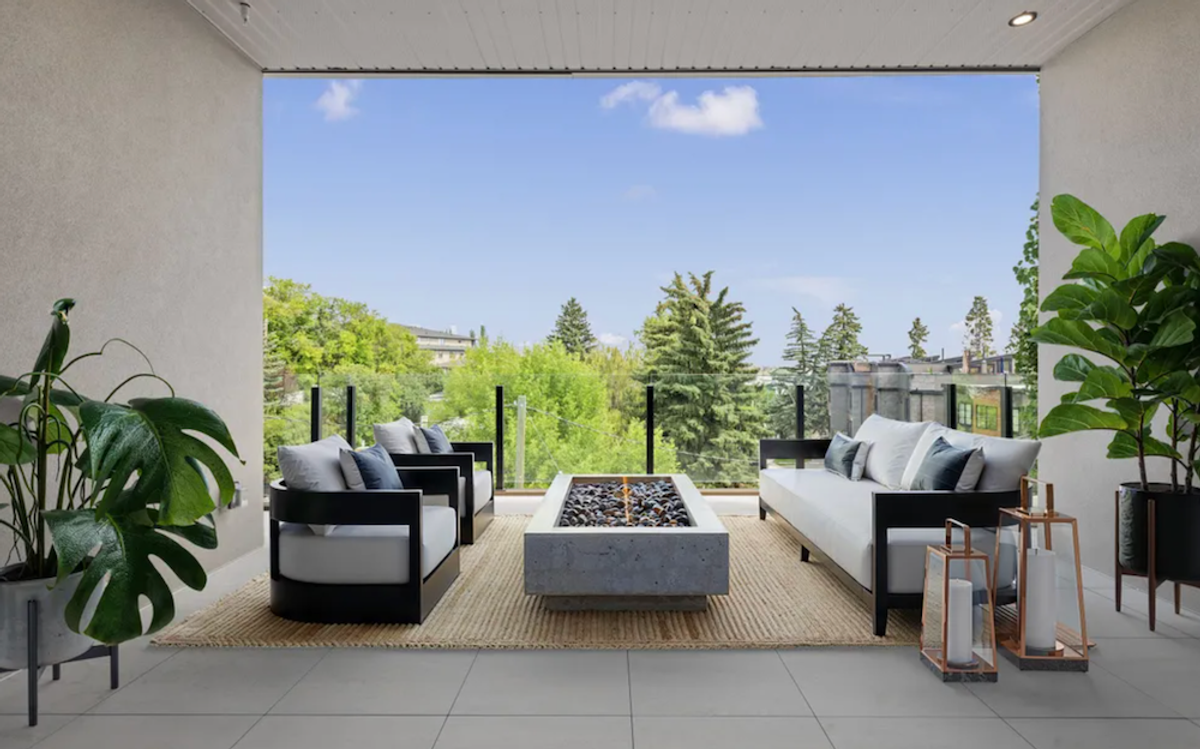As world leaders gather in Canada for the G7 Summit, they’ll be talking about the big topics: global security, climate change, innovation, and economic resilience. These are critical issues, no doubt, but one of the most pressing challenges of our time will barely make the agenda: the housing crisis. From Toronto to Tokyo, Paris to San Francisco, housing affordability is deteriorating. Rents are rising faster than wages, homeownership is increasingly out of reach, and even middle-income earners are struggling to stay in the cities they work in. The crisis is no longer local — it's global. And yet, it still lacks the coordinated response we see in other international challenges.
We treat housing as a local issue, managed by cities and provinces — but what if we didn’t? What if we approached housing with the same level of international urgency, cooperation, and learning as we do other G7 priorities?
That said, here's what a 'G7 of Housing' might look like?
Vienna would demonstrate how to deliver lasting affordability through land policy:
Vienna is often held up as a gold standard when it comes to housing. In this city of nearly 2 million, over 60% of the population lives in rent-controlled or publicly subsidized housing. This isn’t accidental — it’s the result of decades of policy that treats housing as infrastructure.
One of Vienna’s greatest strengths is the city’s active role in shaping housing — planning, funding, and often building it. The city sets clear standards for design quality and sustainability, and only supports projects that meet those expectations. Much of the land remains publicly owned, allowing Vienna to guide development outcomes over the long term. The result is housing that’s not only affordable, but well-built and integrated into neighbourhoods.
In Canada, and especially in Toronto, cities are starting to engage more directly in housing — but without the same powers or resources. While we can learn from Vienna, replicating it here would require a significant shift in how cities are funded, how land is managed, and how much responsibility we’re willing to give local governments.
Japan would show how zoning flexibility keeps housing supply responsive and steady:
While most developed countries are facing severe shortages, Japan has maintained housing affordability in its major cities—including Tokyo, one of the most populous cities in the world.
Japan offers a compelling example of how national planning policy can support housing abundance. Unlike many Western countries, Japan has a nationally standardized zoning system with just a dozen broadly defined land-use categories. These categories are inclusive and cumulative, meaning more intense uses (like apartments or small commercial) are often allowed in lower-density zones. This approach allows a mix of housing types, including mid-rise buildings, to be built near detached homes without triggering major planning battles.
Crucially, zoning decisions are made at the national level, which limits the ability of local governments or residents to block new housing. As a result, cities like Tokyo consistently approve enough new homes to match demand, even while their populations grow.
Canada’s fragmented and restrictive zoning rules — often at odds with population growth and climate goals — could benefit from this type of structural reform.
France would show how to activate public land at scale:
In France, government agencies are actively mapping, assembling, and offering up public land for housing development. But the process isn’t about offloading land quickly — it’s strategic, structured, and tied to housing outcomes.
The French government sets clear expectations for affordability, design, and environmental performance when releasing land, often using long-term leases or public-private partnerships to retain influence over the outcome. National and regional agencies coordinate with municipalities to align land disposition with housing targets, transit investments, and infrastructure planning.
Planning tools like pre-emption rights (where the city can step in and buy land or buildings before a private sale) give Paris leverage to direct development. These tools — combined with political will — have allowed the city to maintain affordability and social mix, even in central neighbourhoods. It’s a reminder that strong policy and strategic land use can make a difference, even where pressure is high.
Finland would show how long-term public ownership can deliver stability and results:
Finland is a global leader in addressing homelessness through its Housing First model, which treats housing as a basic human right. Instead of requiring people to “earn” housing through sobriety or employment, Finland provides stable housing first, and then adds support services. It has nearly eliminated chronic homelessness as a result.
But beyond homelessness, Finland also builds long-term affordable rental housing through municipally owned development companies. These companies reinvest profits into new construction, keeping supply growing and rents stable. It’s a model of public ownership with a long view — something many countries, including Canada, are starting to revisit.
Germany would highlight how balanced tenant protections support a healthy rental market:
In Germany, renting is the norm — not a stepping stone — and the system reflects that. Long-term leases, rent increase limits, and strong protections give renters stability and confidence. At the same time, landlords benefit from predictability and clear rules. The result is a rental market that’s both affordable and functional.
This stands in contrast to systems like Ontario’s, where tenant protections are often seen as one-sided and the enforcement mechanisms — like the Landlord and Tenant Board — are overwhelmed and slow. Germany shows that tenant protections can work when they’re part of a well-designed system that balances the needs of both renters and landlords, and when they’re supported by a broader housing strategy that includes supply, standards, and clarity.
Sweden would demonstrate how sustained public investment creates lasting affordability:
Sweden has a long history of treating housing as essential infrastructure. During the 20th century, the country launched the Million Programme, which built over a million homes in just a decade — many of which are still in use today. Even today, Sweden combines public land ownership, non-profit housing providers, and rental subsidies to maintain a broad stock of affordable, good-quality housing.
Crucially, Sweden integrates housing into long-term national planning, with coordination across all levels of government. It’s not without challenges — especially in high-demand cities — but it remains a democratic example of how public leadership can shape a more stable and inclusive housing system over time.
Canada would bring emerging models of public-private partnership:
Despite significant challenges, Canada is testing new ways for governments and the private sector to work together to deliver non-market and affordable housing. Recent federal programs like the Rapid Housing Initiative (RHI) and the Housing Accelerator Fund (HAF) mark a shift in approach—moving beyond funding alone to tackle systemic barriers like zoning, timelines, and land availability.
The RHI, launched during the pandemic, focused on speed and targeted the most vulnerable populations, funding modular and converted buildings in record time. It demonstrated that with political will, funding, and streamlined processes, new homes could be delivered quickly. The HAF takes a broader, more structural approach: providing funding to municipalities that reform zoning bylaws, eliminating parking minimums, legalizing neighbourhood-scale density, and accelerating approvals — all conditions designed to enable more housing supply over time.
What’s still missing is scale, coordination, and long-term commitment. A G7 of Housing would help countries like Canada refine these tools and stay accountable to their ambitions.
Housing is a global crisis, so where’s the global response?
There’s no shortage of ideas or good examples. What’s missing is the political coordination to share, test, and scale them.
Imagine if housing ministers from each G7 country met annually —n ot to produce another report, but to compare results, learn from what’s working, and hold each other to account. Imagine if housing was treated not just as a domestic issue, but a shared global responsibility, like climate, health, or trade. Housing shapes our health, our economy, and our climate resilience. It deserves the same level of attention and international cooperation as any G7 topic.
Canada has the opportunity to lead — not just as host, but as a convener of something new. A G7 of Housing could be the start of a smarter, more coordinated, and more humane approach to one of the greatest challenges of our time.


